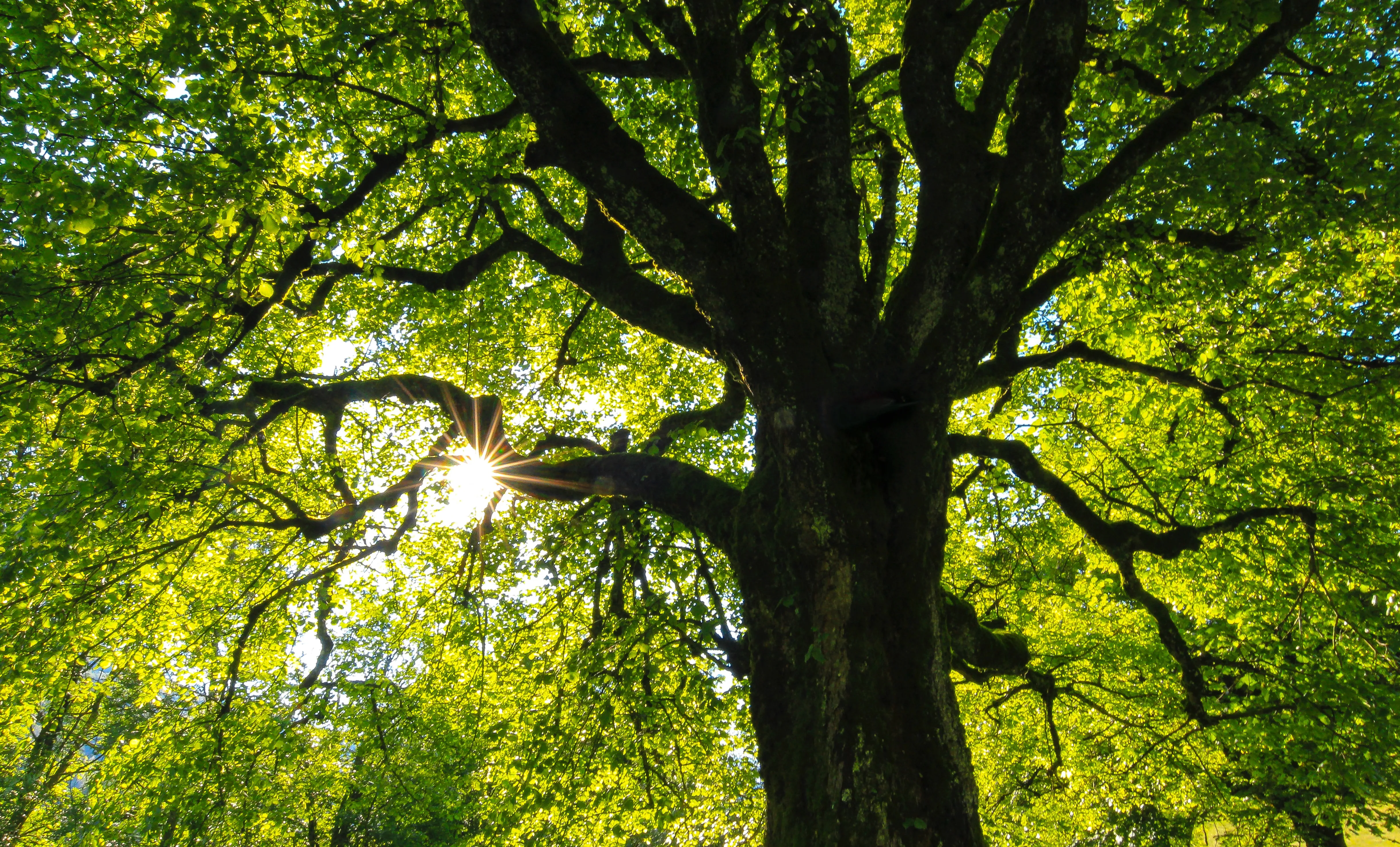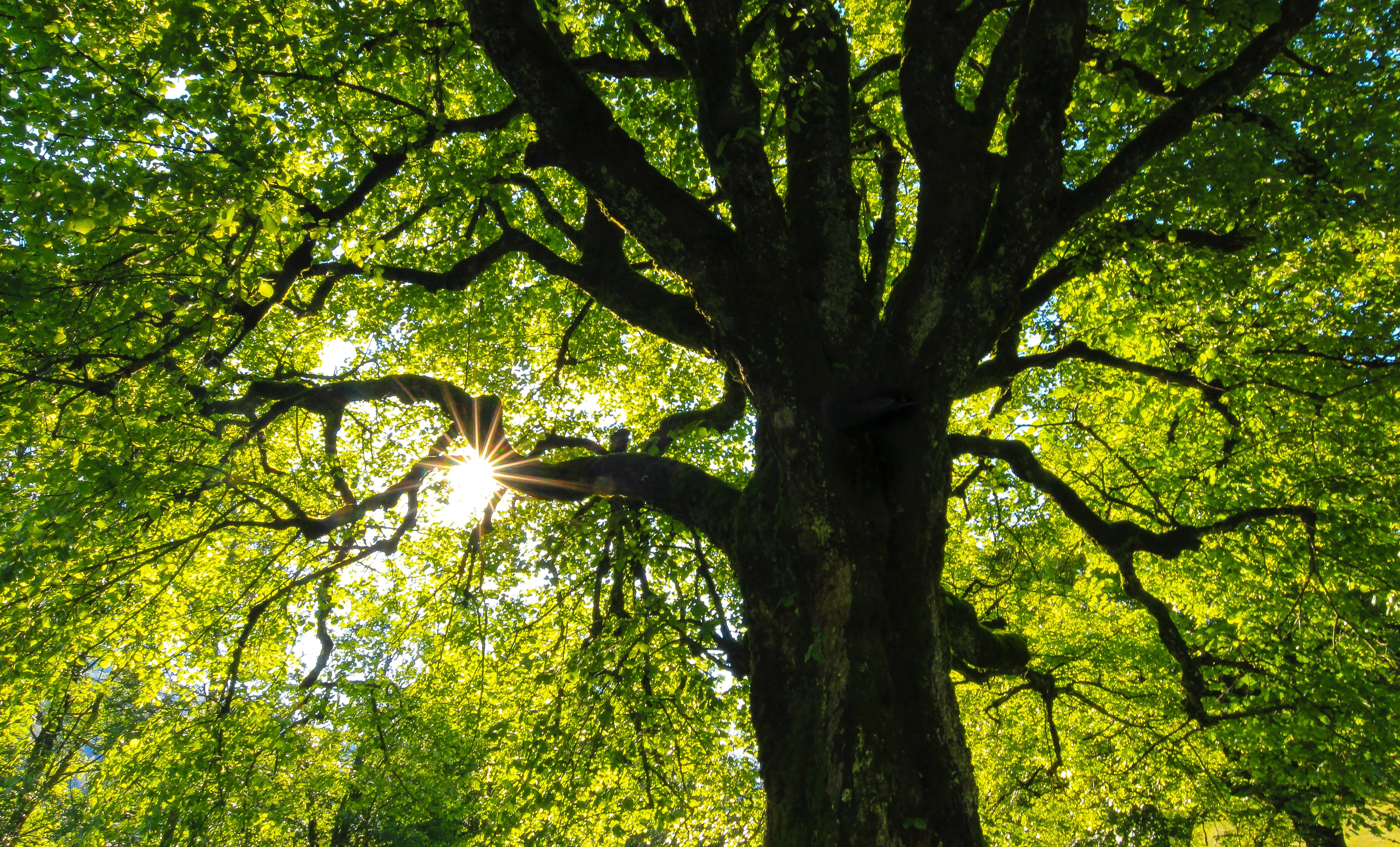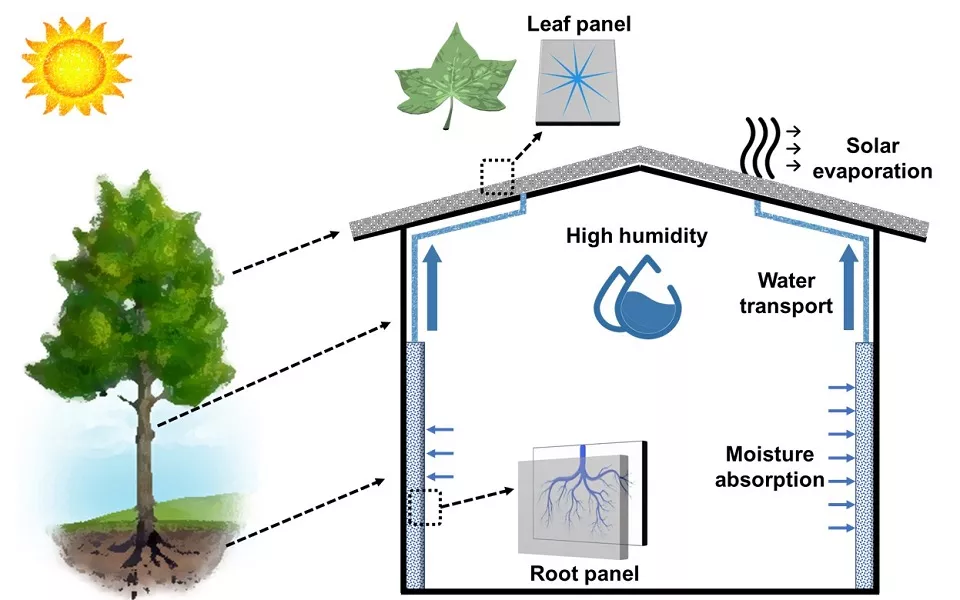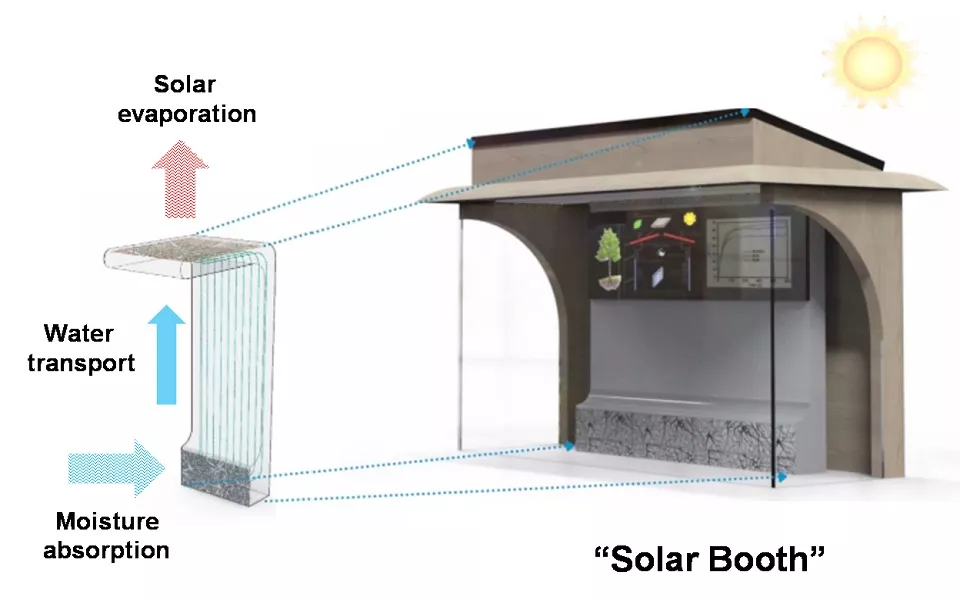Tree-inspired, solar-driven transpiration system for sustainable humidity control of buildings

Tree-inspired, solar-driven transpiration system for sustainable humidity control of buildings
The objective of this project is to develop the first type of tree-inspired, solar-driven transpiration system for sustainable and efficient humidity control of buildings. Both laboratory and building-scale prototypes will be developed to achieve passive, energy-efficient, and sustainable dehumidification with nearly zero greenhouse gas emissions. Based on their preliminary modeling and calculations, the proposed system is expected to achieve: (1) zero energy input with near-zero greenhouse gas emissions; (2) A dehumidification rate 5%-10% (relative humidity, RH) per hour for RH>40% for a ~6 m3 space at an average day.
What is the problem this project is trying to address?
In the academic year of 2020-2021, ~88 million kWh of electricity has been consumed by HKUST, with almost 50% contributed by air conditioning and dehumidification. By mimicking the transpiration of a tree, they present a sustainable dehumidification method that exploits solar energy to drive self-sustaining and long-distance moisture transport from humid space to outdoors. If fully scaled up and employed widely, their dehumidification system can work alone or parallelly with air conditioning systems to enhance indoor comfort and well-being while saving building energy costs.



